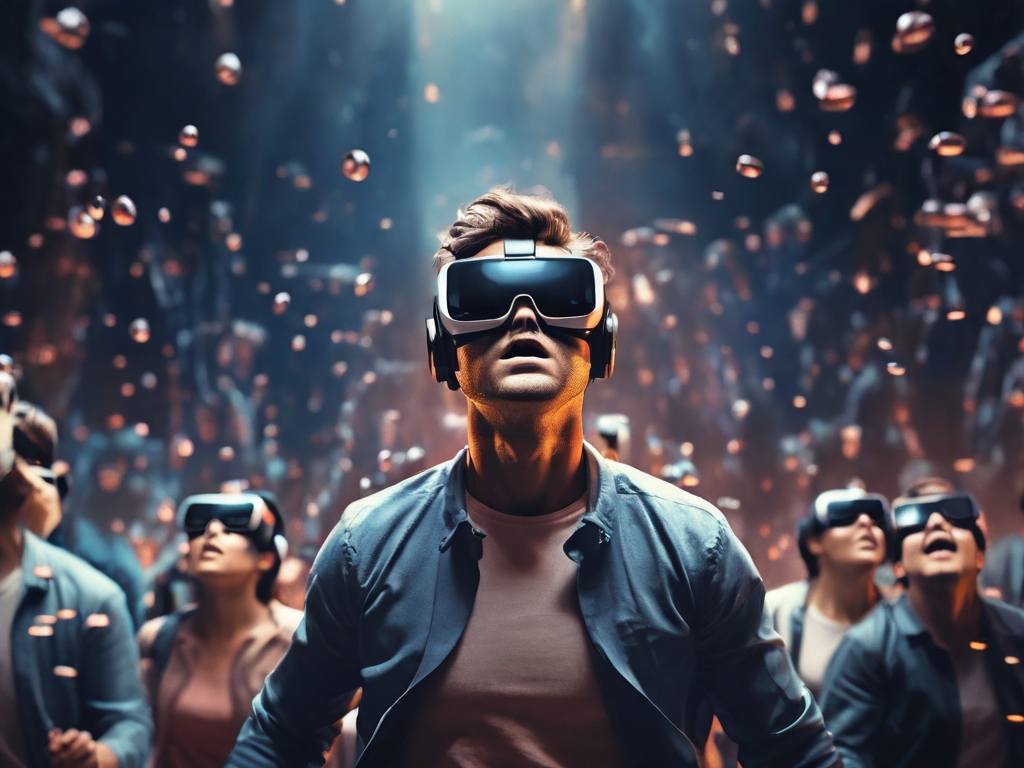
With its ability to provide gamers with immersive experiences never seen before, virtual reality (VR) has completely changed the gaming business. These virtual worlds have come to life mostly because to Unity, a top game creation engine. This article explores the stages required in creating VR games using Unity and looks at the special features that make Unity a great option for VR game production.
Steps Involved in Developing VR Games with Unity
Conceptualization
Every great VR game starts with a strong idea. When coming up with concepts, developers take into account how VR’s special features might improve gameplay. The concept lays the groundwork for the entire production process, whether the game is a simulation, an exciting adventure, or a puzzle-solving task.
Design and Prototyping
Designers develop a prototype when the idea is finalized in order to see if it can work in a virtual reality setting. Designers can swiftly prototype environments, interactions, and game mechanics with Unity thanks to its rich tools and intuitive interface. Before moving on with full-scale development, this phase is essential for iterating over concepts and fine-tuning gameplay components.
Development
Developers start working on the actual game after the prototype is accepted. Unity offers a wide range of capabilities designed especially for VR development, including compatibility with well-known VR headsets like the Oculus Rift, HTC Vive, and PlayStation VR. Using Unity’s scripting features (C#, JavaScript, or Boo), developers may easily design VR interactions, user interfaces, and game logic.
Testing and Quality Assurance
To find and fix any flaws or glitches that can affect the player’s experience, extensive testing is essential. The integrated testing framework in Unity makes automated testing easier and streamlines the process of debugging VR games on many platforms. In order to guarantee that interactions feel authentic and engaging, quality assurance testers assess the game from the viewpoint of the player.
Peculiarities of Using Unity to Develop VR Games
Cross-Platform Compatibility
With Unity’s cross-platform compatibility, creators may simultaneously target various VR systems, expanding the potential player base for their games. Unity guarantees consistent experiences across various hardware configurations, regardless of the gaming platform—PC-based VR headsets, standalone VR devices, or mobile VR platforms—for users.
Asset Store and Community Support
With a huge collection of pre-made assets, plugins, and tools created especially for VR creation, Unity’s Asset Store is a virtual reality developer’s gold mine. With ready-to-use assets, developers may improve their game quality and speed up their process. These assets range from realistic settings and character models to VR locomotion systems and input methods. In addition, Unity’s vibrant community promotes developer cooperation and knowledge exchange by offering priceless assistance, guides, and best practices for VR creation.
Immersive Audio and Visual Effects
Because Unity has advanced audio and visual effects capabilities, creators can create VR experiences that are immersive and appeal to users’ senses. Using features like dynamic lighting, particle effects, spatial audio, and 3D sound placement, Unity allows developers to produce lifelike environments that tempt players to explore more of the virtual world.
Rapid Prototyping and Iteration
Unity’s fast prototyping features speed up the development process by enabling developers to test and refine gameplay concepts in a virtual reality setting very quickly. Developers may easily iterate on ideas and functionality, improving the player experience over time, thanks to capabilities like rapid previewing and real-time scene editing.
Conclusion
Because it provides a wide range of tools, is compatible with several platforms, and has a thriving developer community, Unity has become the industry standard for VR game development. Via the use of Unity’s features, developers are able to produce VR experiences that are both captivating and innovative, pushing the limits of gaming. With Unity, creators can fully realize the potential of virtual reality gaming even as VR technology advances.




